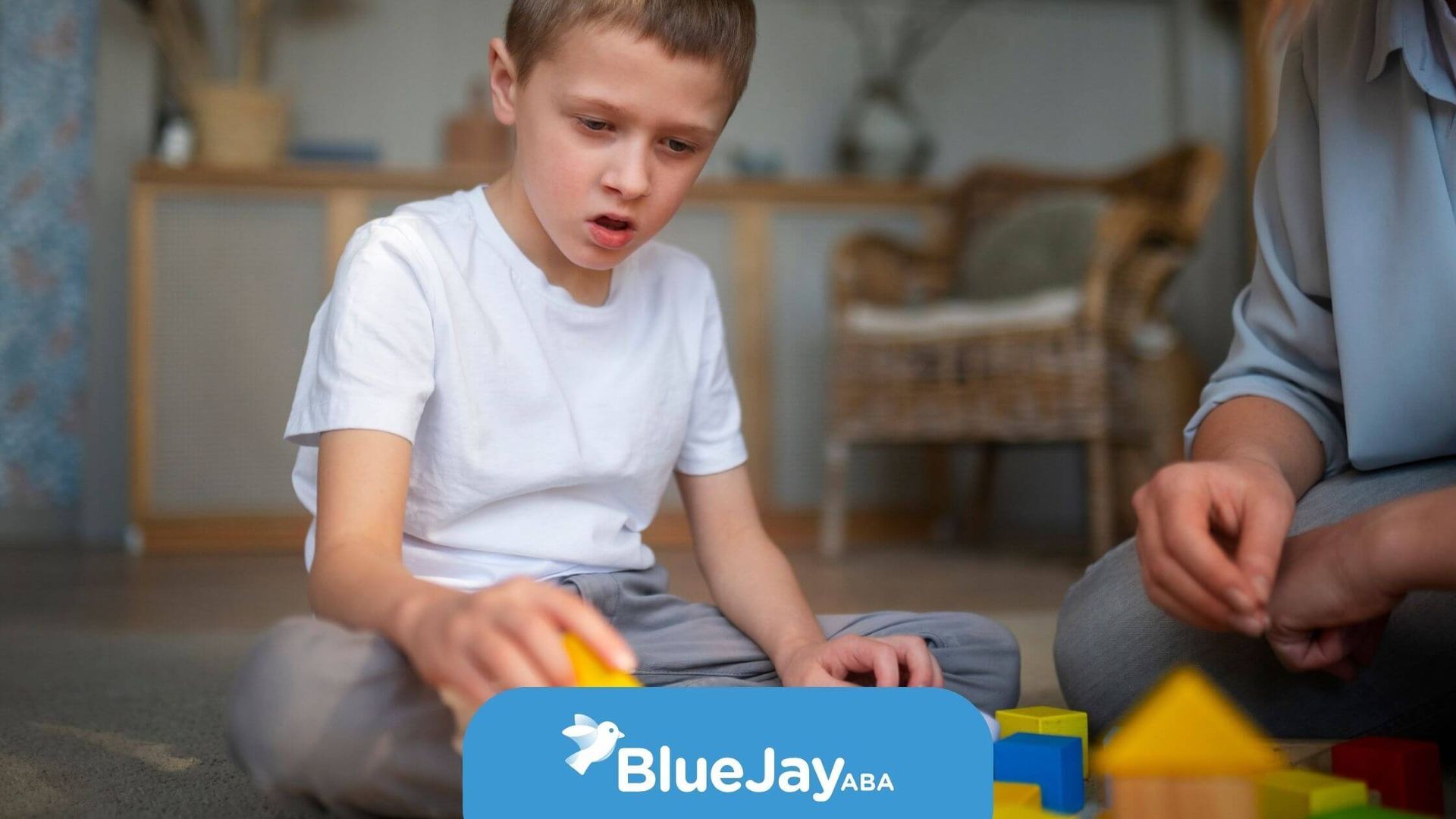Are Sensory Issues Autism or ADHD? Understanding the Differences
Sensory issues are common in both autism spectrum disorder (ASD) and attention deficit hyperactivity disorder (ADHD). Many individuals experience hypersensitivity or hyposensitivity to stimuli like noise, touch, light, and movement. However, sensory processing challenges manifest differently in autism and ADHD.
So, how do you determine if sensory issues stem from autism or ADHD? This article breaks down the differences, similarities, and ways to support individuals with sensory sensitivities.
What Are Sensory Issues?
Sensory issues occur when the brain has difficulty processing and responding to sensory input. This can lead to sensory hypersensitivity (over-responsiveness) or sensory hyposensitivity (under-responsiveness).
Common Sensory Challenges:
- Sound Sensitivity: Trouble tolerating loud noises, alarms, or background sounds.
- Touch Sensitivity: Discomfort with certain textures, clothing, or light touches.
- Light Sensitivity: Difficulty with bright lights, screens, or flashing images.
- Motion Sensitivity: Struggles with balance, dizziness, or the need for constant movement.
- Taste and Smell Sensitivity: Strong aversions or cravings for specific tastes or smells.
Sensory issues are often linked to sensory processing disorder (SPD), which can occur independently or alongside conditions like autism and ADHD.
Sensory Issues in Autism vs. ADHD
While both autism and ADHD can involve sensory sensitivities, their underlying causes and expressions differ.
Sensory Issues in Autism
Sensory challenges are a core feature of autism and are included in the diagnostic criteria for ASD. Many autistic individuals experience intense sensory sensitivities or seek sensory input in unique ways.
- Sensory Overload: Overwhelming reactions to loud sounds, bright lights, or crowded spaces.
- Repetitive Behaviors (Stimming): Rocking, hand-flapping, or spinning to self-regulate.
- Strong Preferences: Rigid clothing choices due to texture sensitivity.
- Deep Focus on Sensory Experiences: Enjoyment of specific sounds, lights, or movements.
- Avoidance or Meltdowns: Intense emotional reactions to sensory discomfort.
Sensory Issues in ADHD
While sensory challenges are not part of the ADHD diagnostic criteria, many individuals with ADHD struggle with sensory processing difficulties. However, these challenges often stem from hyperactivity, impulsivity, and difficulty filtering sensory input rather than deep sensory processing differences.
- Easily Distracted by Sensory Input: Trouble tuning out background noise, textures, or visual stimuli.
- Constant Movement: Fidgeting, tapping, or bouncing to stay engaged.
- Sensory Seeking Behavior: Craving intense textures, loud music, or fast movement.
- Low Tolerance for Boredom: Seeking new sensations or excitement.
- Difficulty with Focus: Getting stuck on sensory experiences rather than managing overload.
Key Differences Between Autism and ADHD Sensory Issues
| Aspect | Autism | ADHD |
|---|---|---|
| Reaction to Sensory Input | Can be overwhelming or distressing | Often distracted but not overwhelmed |
| Sensory Overload Response | May result in meltdowns or shutdowns | More likely to switch focus or avoid the issue |
| Stimming & Self-Regulation | Uses repetitive motions (rocking, flapping) for comfort | Uses movement (pacing, fidgeting) to stay engaged |
| Sensory Seeking Behavior | Focuses on predictable sensory experiences | Seeks novel, stimulating sensations |
| Attention & Processing | Deep focus on sensory details | Easily distracted by sensory input |
While there is some overlap, autistic individuals experience more intense, predictable sensory responses, while those with ADHD often seek stimulation and struggle with filtering input.
How to Support Individuals with Sensory Issues
Whether sensory challenges stem from autism or ADHD, creating a supportive environment can improve daily life.
1. Create a Sensory-Friendly Space
- Provide quiet areas for relaxation.
- Use noise-canceling headphones or soft lighting.
- Allow for alternative seating (wiggle chairs, standing desks).
2. Support Sensory Regulation
- Encourage fidget tools, stress balls, or weighted blankets.
- Allow movement breaks during work or school.
- Offer comfort items (chewable necklaces, soft textures).
3. Teach Coping Strategies
- Practice deep breathing or mindfulness for sensory overload.
- Use
visual schedules to reduce unexpected sensory stress.
- Provide choices in clothing, food, or environment.
4. Advocate for Accommodations
- Work with teachers and employers to adjust environments.
- Create IEPs or 504 Plans for school support.
- Encourage self-advocacy in expressing sensory needs.
The Role of ABA Therapy in Managing Sensory Challenges
Applied Behavior Analysis (ABA) therapy can help individuals with autism and ADHD develop strategies to manage sensory sensitivities and improve daily functioning. An effective ABA therapy focuses on:
- Building coping mechanisms for sensory overload.
- Encouraging self-regulation techniques.
- Teaching alternative responses to overwhelming stimuli.
Final Thoughts
Understanding the differences between autism and ADHD sensory issues is essential for providing the right support. With proper accommodations, therapy, and sensory-friendly strategies, individuals can better navigate their environments and lead fulfilling lives.
At Blue Jay ABA, we provide personalized ABA therapy to help individuals navigate sensory challenges, build essential skills, and thrive in daily life. Contact us today to learn more about our evidence-based approach to supporting sensory needs.
Frequently Asked Questions
Can someone have both autism and ADHD?
Yes, autism and ADHD can co-occur, and many individuals have both conditions. Sensory issues may be more intense in those with both diagnoses.
How do I know if my child's sensory issues are autism or ADHD?
Autistic children often experience predictable sensory sensitivities that lead to meltdowns or repetitive behaviors. ADHD-related sensory challenges usually involve seeking stimulation and distractibility.
Can sensory issues improve over time?
With the right support, accommodations, and coping strategies, sensory challenges can become more manageable. Therapy, structured environments, and self-awareness can help individuals thrive.
Sources:
- https://www.autismspeaks.org/sensory-issues
- https://www.webmd.com/children/sensory-processing-disorder
- https://www.autism.org.uk/advice-and-guidance/topics/behaviour/stimming
- https://www.cdc.gov/adhd/diagnosis/index.html
- https://www.steadystridesaba.com/
- https://ed-psych.utah.edu/school-psych/_resources/documents/grants/autism-training-grant/Visual-Schedules-Practical-Guide-for-Families.pdf
Related Posts






